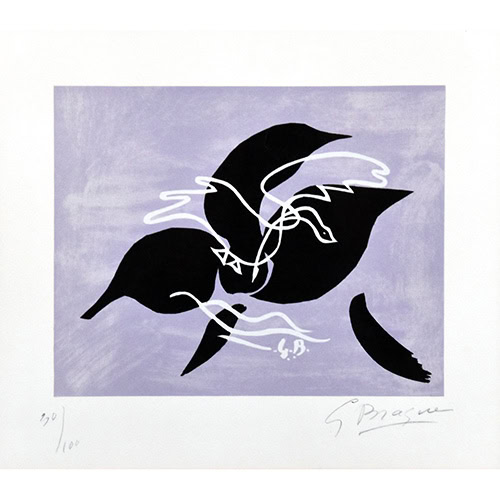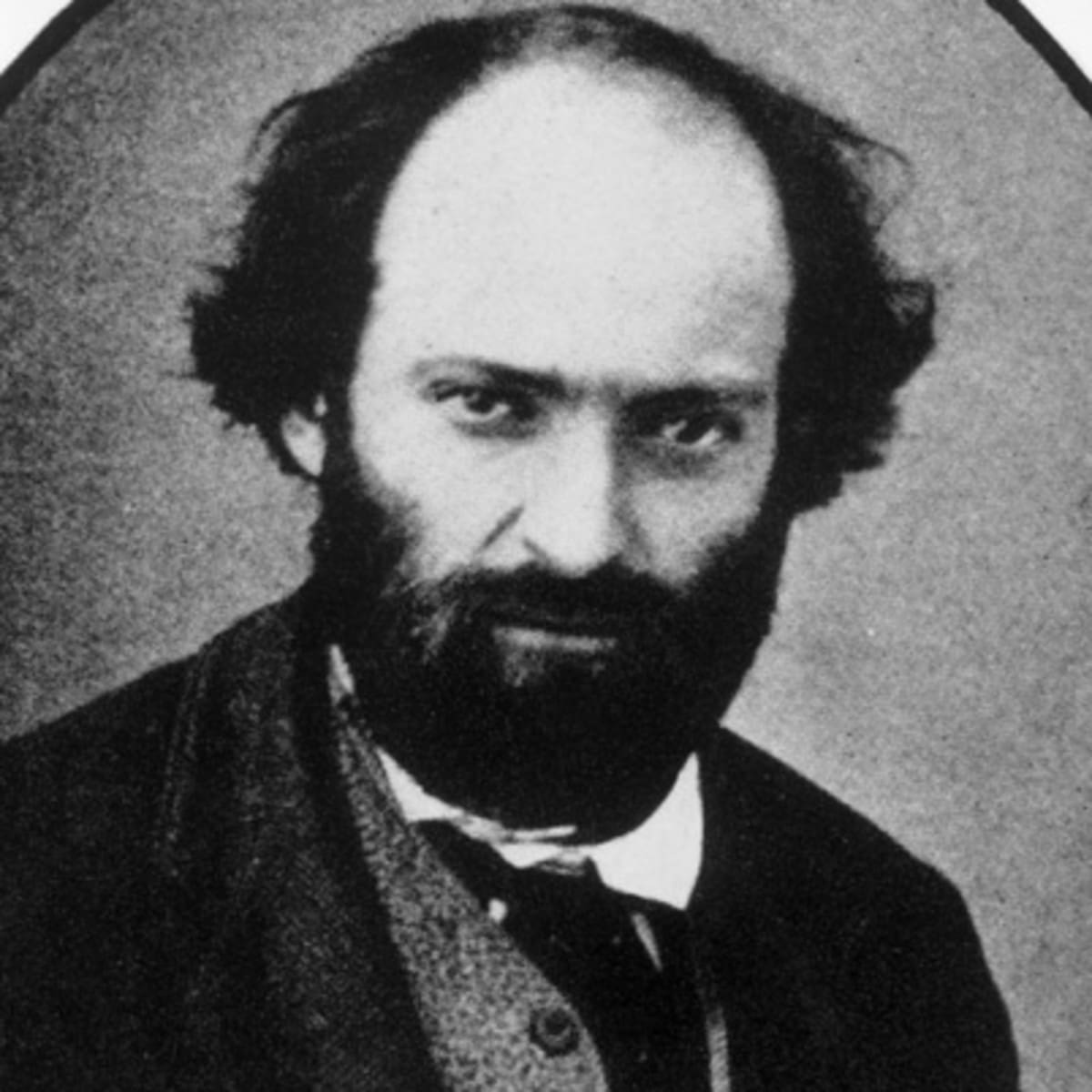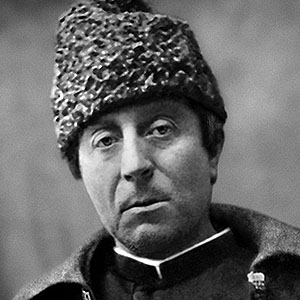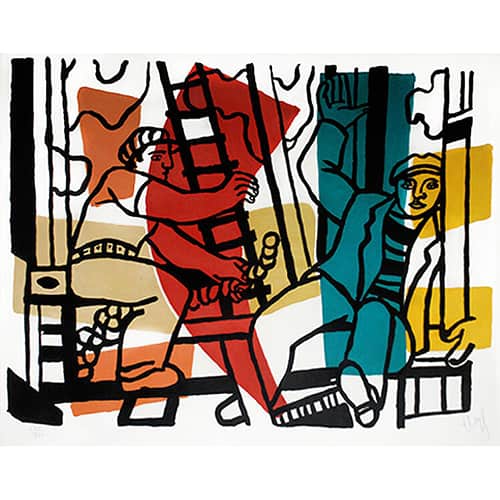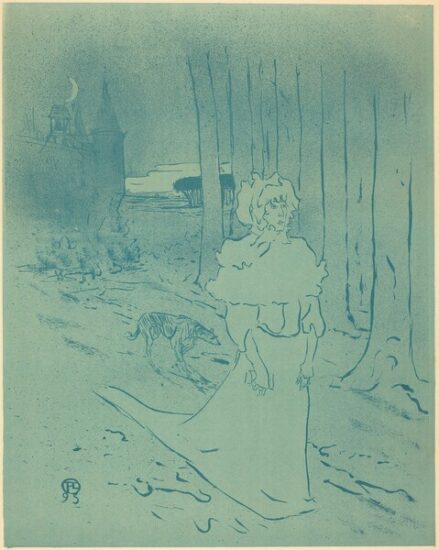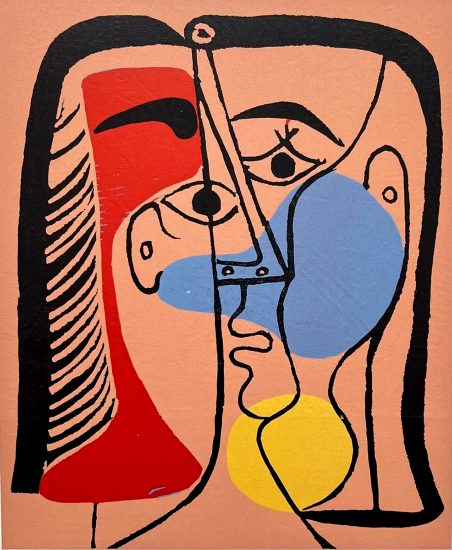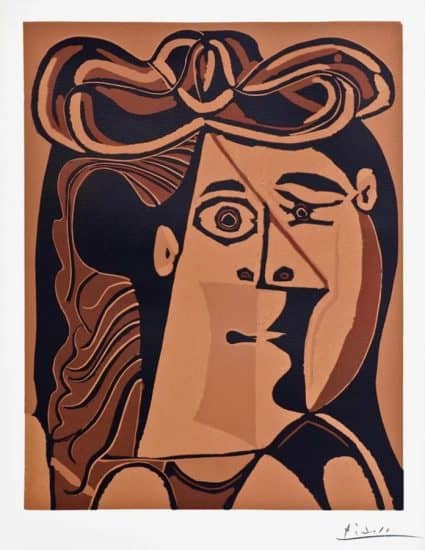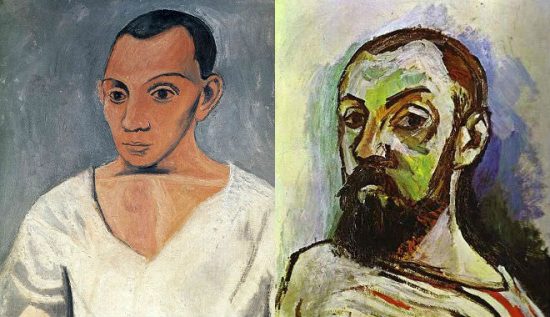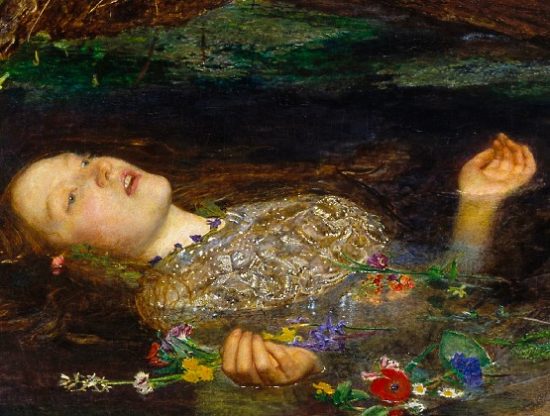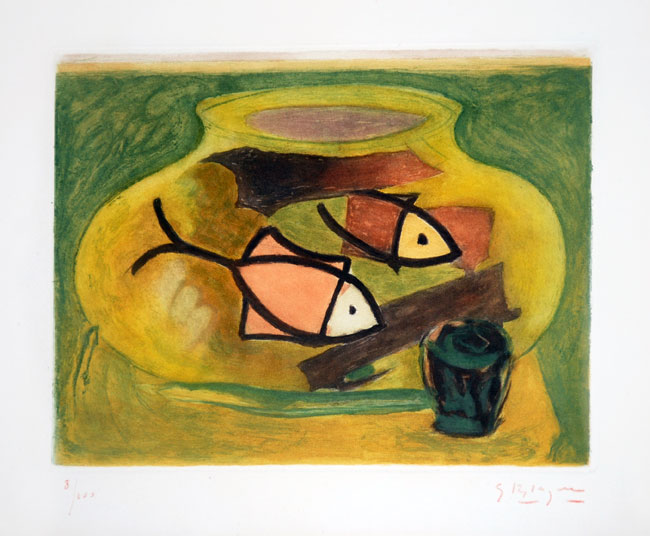
Post-Impressionism and Modernism are two categories of art that are constantly under discussion in the art world as they are loosely defined. Depending on the auction house or art gallery, artists seem to be interchangeable between the classifications. This makes it confusing to understand where they fit in the broader context of art history. All of this is because Post-Impressionism can technically fall under modernism as it briefly encompasses the same time period. However, Post-Impressionism differs in that it describes a specific location and time period, completely disregarding what is occurring in the rest of the world. Modernism, on the other hand, deals with a similar time period on a global scope.
Post-Impressionism was a term created by British artist and art critic Roger Fry in 1910 to describe the development of French art since Manet. What distinguishes Post-Impressionists from Impressionists is the continued use of vivid colors with the thick application of paint and a focus on real-life subject matter, but with more inclination to emphasize geometric forms and distort form for expressive effect, using arbitrary colors.
Artists that are considered Post-Impressionist include Van Gogh, Gauguin, Seurat, Redon, Toulouse-Lautrec, Cézanne, Rousseau, Signac and Vullard. As you can tell from their artwork, none of their styles are particularly similar.
This is due to the fact that Post-Impressionism is not necessarily a style classification, it is a location classification strictly limited to artists in France post-Manet.
John Rewald, the acclaimed art historian, limited the classification even further to the years between 1886 and 1914. Doing this simply defined French visual arts within the broader scope of the changes occurring in the rest of the world.
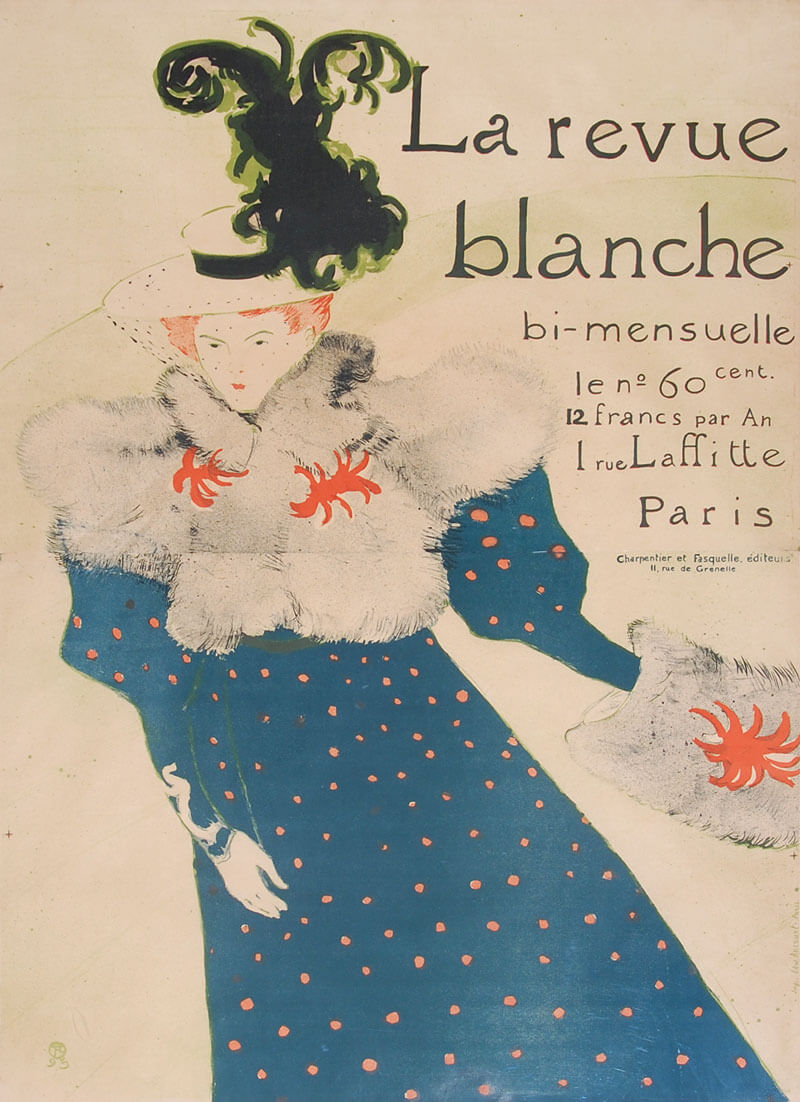
This brings us to modernism, which is a philosophical movement that, along with cultural trends and changes, arose from wide-scale and far-reaching transformations in Western society in the late 19th and early 20th centuries, which influenced artistic perceptions. Modernist artists include Picasso, Braque, Matisse, Moore, Leger, and Dufy to name a few. Modernism rejected tradition and advocated a return to the basic fundamentals of art. Artists embraced their new-found freedom of expression, experimentation, and radicalism, challenging the norm. They believed that art should stem from color and form and not from the depiction of the natural world. Modernism itself encompasses a wide range of artistic movements that occurred during this culturally rich time period. Modernism, unlike Post-Impressionism, therefore is a generalized label that describes the overriding philosophical feelings the artists of the time period felt.
As you can see, these two categories of art classification are meant to define a very chaotic and wonderfully creative period of art history. While Post-Impressionism focuses solely on artists in France and modernism on the wider Western society, they should be used properly within the art world and a universal agreement on artist classification should be made. This would help to clarify the misunderstandings that arise when discussing the art and artists during that rich time where artistic creation flourished and even more artistic movements thrived.

